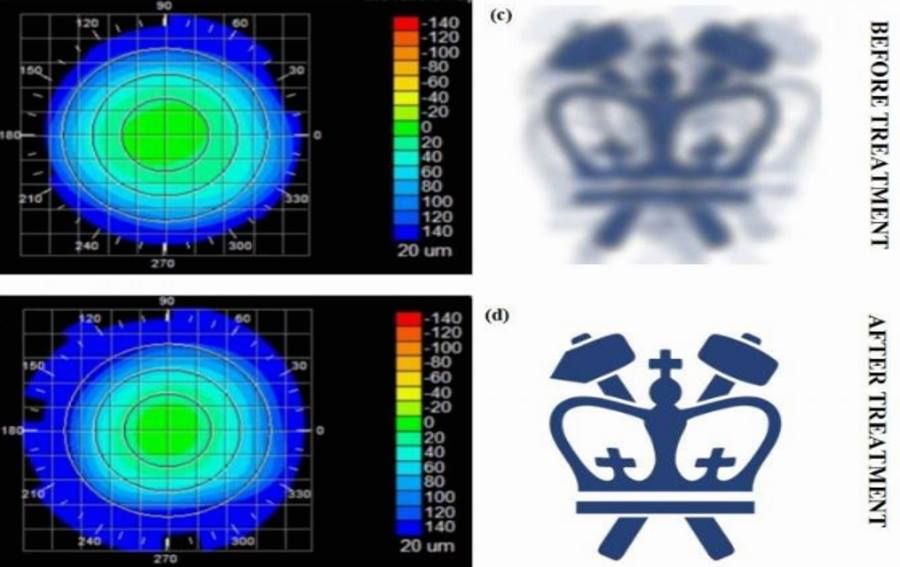New non-invasive method of vision correction

New non-invasive method of vision correction
Myopia is slowly becoming a global problem. It is estimated that more than two and a half billion people worldwide will need to use glasses or lenses by 2020. In the U.S. and Europe, there are twice as many people with this vision defect as there were even 50 years ago. With the help of scientists who have succeeded in developing a non-invasive method of vision correction.
Until now, similar procedures have been carried out with laser. However, the procedure was invasive and there was always a risk (albeit very small) of partial or total loss of vision, damage or weakening of the cornealowki, or postoperative complications.
Sinisa Vukelic of Culmbia Engineerig has developed a new, non-invasive method thatora gives great results. It uses a laser to correct vision, whichory delivers pulses of very low energy at a very high frequency to precisely selected horn tissueowka, changing its biochemical and biomechanical properties. A description of the new technique was published in the journal „Nature Photonics”.
The technique changes the geometry of the tissue and has fewer effectso’ in an aside from the techniques used so far. It also offers hope to those individuals in whomor who could not be operated on with previous methods. Importantly, the new method does not tear tissue or damage the comorek. It only changes their biochemical and biomechanical properties.
The new technique can be used to treat the kroCoxsightedness, hyperopia, astigmatism and irregular astigmatism.
The only "side effect" is to stimulate the tissue to produce small amounts of plasma. The low-power ultrafast laser beams used cause ionization of water molecules in the hornowce, which leads to a number of other biochemical reactions and ultimately to changes in the mechanical properties of the tissue.
– Properly aiming laser beams at the tissue to be treated changes the curvature of the corneaowki, ultimately leading to improved visual acuity – convinces Vukelic. – SupportoThe currently used method is based on destroying fragments of theoin the tissue – adds.
– Ophthalmologists have long been waiting for a new generation of laseroIn treating krocoxsightedness. This could be an important step in the treatment of pandemic krocoxsightedness – mowi about the discovery of Prof. ophthalmology Leejee H. Suh of the University of Columbia, whoory was involved in the study of.
Researchers led by Vukelic are currently constructing a prototype device. Human clinical trials will begin at the end of the year. Scientists want to use the technique not only to treat eyes. Tests are already underway to use a laser to treat the early stages of osteoarthritisow.




